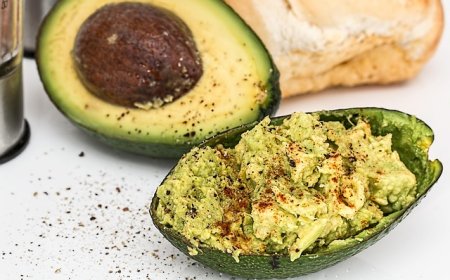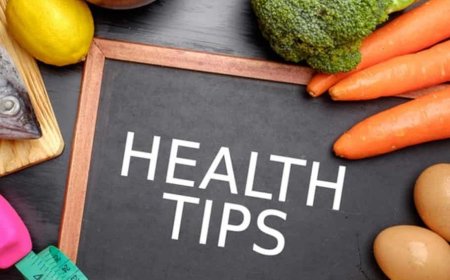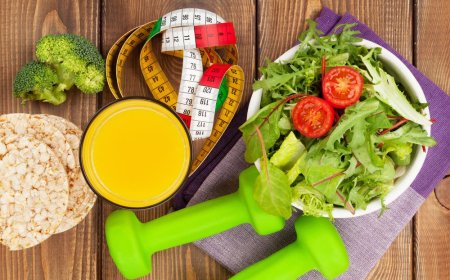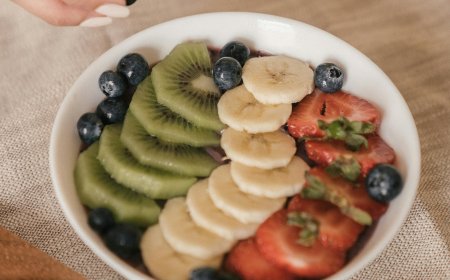How to Read Nutrition Labels for Calorie Counting
Understanding nutrition labels is essential for anyone looking to manage their calorie intake and maintain a healthy diet. Nutrition labels provide valuable information about the nutritional content of food products, including the number of calories. Here’s a step-by-step guide to help you read and interpret nutrition labels effectively for calorie counting.

1. Start with the Serving Size
The serving size is the first piece of information listed on the nutrition label. It tells you the quantity of the food that the nutritional information is based on. All the data on the label, including calories, refers to this specific amount. For example, if the serving size is one cup and you consume two cups, you need to double the values listed.
- Check the serving size: This can be listed in common measurements such as cups, pieces, or grams.
- Compare your portion: If your portion size differs from the serving size, adjust the nutritional values accordingly.
2. Look at the Calories
Calories indicate the amount of energy you get from a serving of the food. Managing calorie intake is crucial for weight control, whether you aim to lose, gain, or maintain your weight.
- Calories per serving: This number tells you how many calories are in one serving of the food.
- Calories from fat: This number shows how many of the total calories come from fat. While it’s more important to look at the total calories, knowing the calories from fat can help you understand the composition of the food.
3. Check the Nutrients
a. Total Fat: Includes saturated and trans fats. Aim to limit these, as high intake is associated with health risks like heart disease.
- Saturated Fat and Trans Fat: These unhealthy fats should be consumed in limited quantities.
- Unsaturated Fat: Generally healthier, but still, be mindful of the total fat intake.
b. Cholesterol and Sodium: Important to monitor, as high intake can increase the risk of heart disease and hypertension.
- Cholesterol: Aim for less than 300 mg per day.
- Sodium: Recommended daily limit is 2,300 mg or less.
c. Total Carbohydrate: Includes dietary fiber, sugars, and complex carbohydrates.
- Dietary Fiber: Essential for digestive health. Aim for at least 25 grams per day.
- Sugars: Watch for added sugars, which should be consumed in moderation.
d. Protein: Important for muscle repair and growth. Ensure adequate intake, particularly if you’re physically active.
4. Understand the Percent Daily Values (%DV)
The %DV helps you understand how much of a nutrient one serving of the food contributes to your daily diet. It is based on a 2,000-calorie diet, which is a general guideline and may not be appropriate for everyone.
- 5% DV or less: Indicates that the nutrient is low in the food.
- 20% DV or more: Indicates that the nutrient is high in the food.
Use %DV to compare products and choose those that are higher in nutrients you need more of (like fiber and vitamins) and lower in nutrients you need less of (like saturated fat and sodium).
5. Identify Added Sugars and Ingredients
Added sugars can significantly increase calorie intake without providing essential nutrients. Check the ingredients list for added sugars, which may appear under various names like high fructose corn syrup, cane sugar, and honey.
6. Other Nutrients
Vitamins and Minerals: Look for foods that provide 10-20% DV of vitamins and minerals like Vitamin D, calcium, iron, and potassium.
Tips for Effective Calorie Counting
- Use Apps: Nutrition tracking apps like MyFitnessPal can help you log and monitor your calorie intake effortlessly.
- Plan Meals: Preparing meals at home allows you to control ingredients and portion sizes, making calorie management easier.
- Stay Educated: Continuously educate yourself about nutrition and stay updated with dietary guidelines and recommendations.
Conclusion
Reading nutrition labels is a critical skill for effective calorie counting and overall health management. By understanding serving sizes, calories, and nutrient content, you can make informed decisions about the foods you consume and better manage your dietary habits. For more detailed guidance on reading nutrition labels, consider visiting FDA’s Nutrition Facts Label and Mayo Clinic’s Guide to Reading Nutrition Labels.
By mastering the art of reading nutrition labels, you can take control of your diet and make healthier choices that align with your fitness and wellness goals.
What's Your Reaction?




































































































